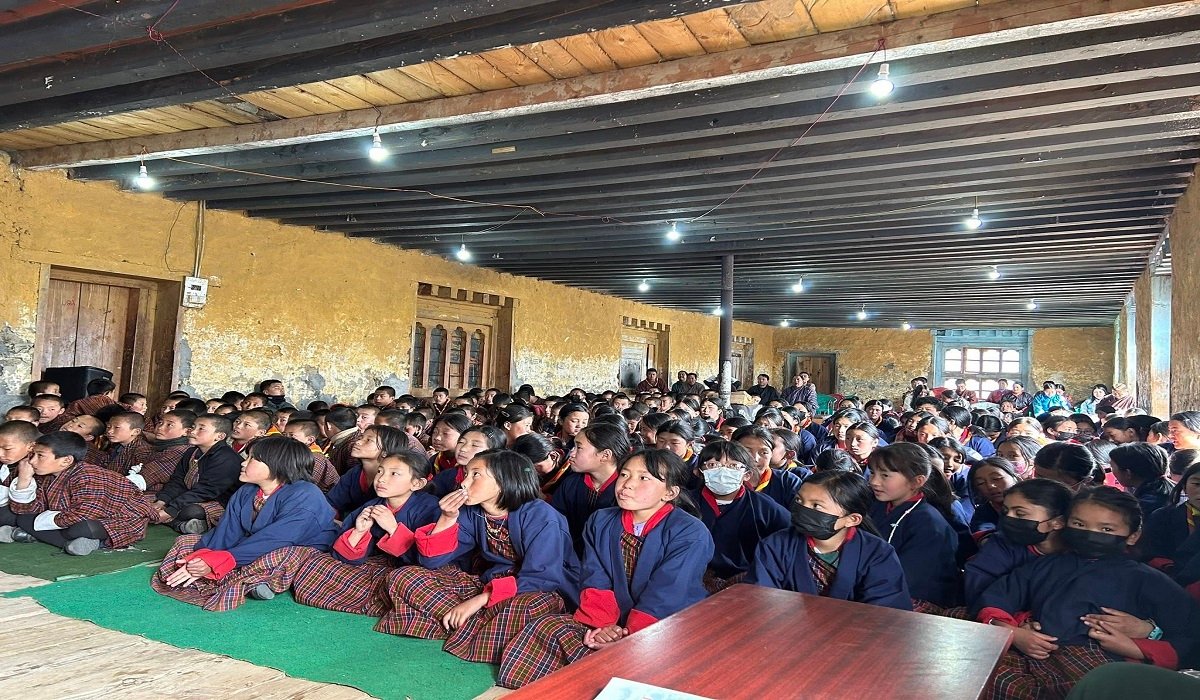Druk Nyo Foundation in Bhutan is collaborating with Buddhist scholars to rediscover Buddhism’s deep reverence for nature, laying the foundation for a conservation movement that bridges science, religion, and culture, focusing on the tiger. A Bhutanese Buddhist study reveals 392 references to tigers, lions, leopards, and snow/yellow bears, highlighting the profound spiritual significance of ecological harmony and conservation in Bhutan’s Buddhist teachings. Buddhist scholar Khenpo Phuntsho Gyeltshen highlights the connection between spirituality and the natural environment, highlighting the decline of a tiger population as a symbol of spiritual mastery. The project aims to bridge these connections.
The main goal of the project is to help people rediscover their ancestors’ environmental knowledge so that conservation becomes a natural part of their spiritual and cultural identity rather than an outside force. The second part of the three-year project is already underway, which involves turning the raw data—the majority of which is in Choeky—into a digital library that can be searched. Insights, opinions, and recommendations on how to incorporate Bhutan’s rich spiritual legacy into contemporary conservation initiatives were the focus of the workshop. Despite being one of the world’s most biodiverse countries, Bhutan’s traditional ecological knowledge is rapidly disappearing as a result of climate change and development pressures. By highlighting the necessity of balancing scientific methods with cultural and religious knowledge—especially that related to cherished animals like the tiger—the program addressed this widening divide.

